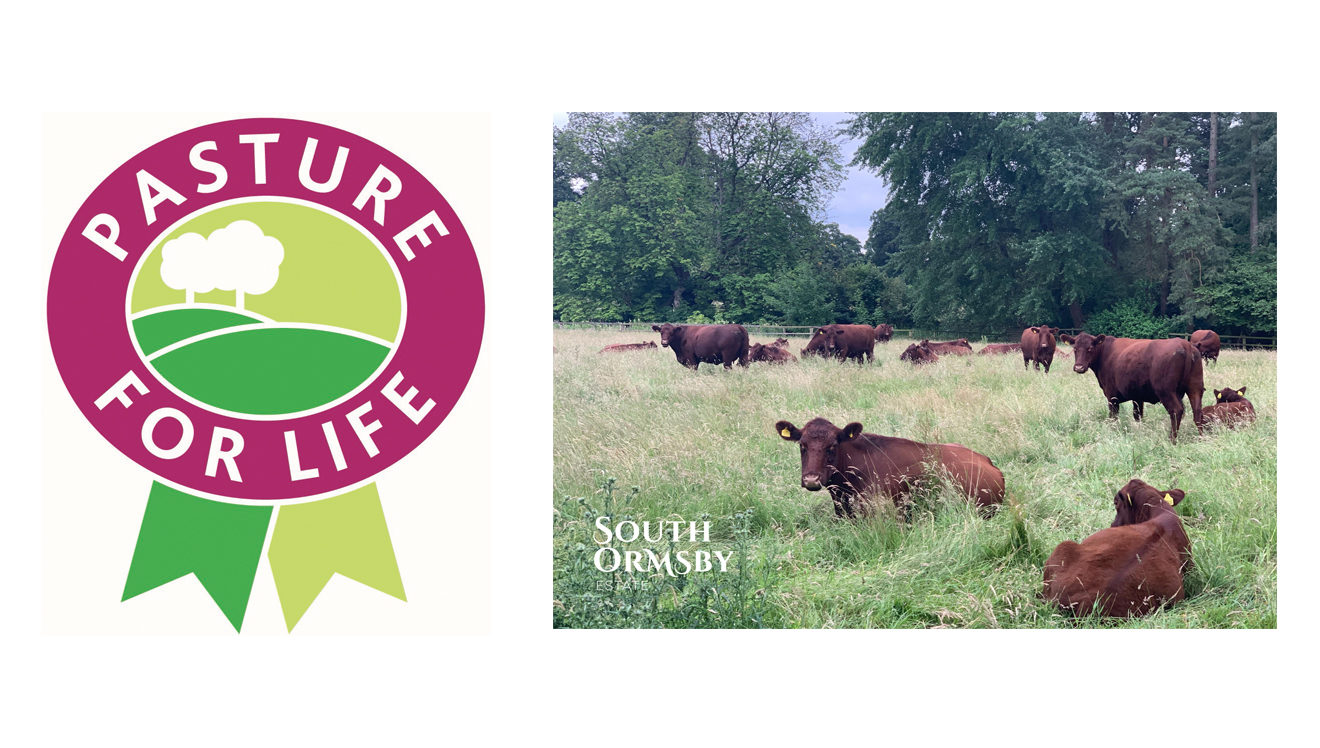A Week on the Estate: Greylags Coupling Up, Native Breeds Boosted & Pasture for Life
This busy year is flying by. Saturday 20th March will mark the spring equinox, the halfway point between midwinter and midsummer. The hundreds of greylag geese that descended on the lake over the winter aren’t wasting any time. Numerous birds have coupled up and moved closer to the Hall on the south lawn. They’re evidently happy with the facilities and it won’t be long until this year’s new goslings appear.
This week, we were delighted to assist with a video feature on the region’s wonderful native breeds for BBC East Midlands. Our Lincoln Reds are a good example of the UK’s rare and native breeds, livestock bred over many generations to be perfectly suited to the landscape they graze. While the 20th-century saw increased use of imported breeds for bigger yields, there is growing awareness that matching the animal to its landscape is a vital part of sustainable agriculture.







